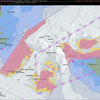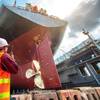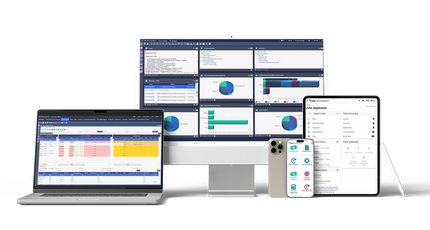Phase 2 of Hudson River Cleanup
The U.S. Environmental Protection Agency (EPA) announced that the dredging of sediment contaminated with polychlorinated biphenyls (PCBs) has resumed in the Upper Hudson River, marking the start of the second and final phase of the Hudson River cleanup. The historic dredging project targets approximately 2.4 million cubic yards of PCB-contaminated sediment from a forty- mile section of the Upper Hudson River between Fort Edward and Troy, NY. PCBs are potentially cancer-causing in people and build up in the fat of fish and mammals, increasing in concentration as they move up the food chain. The primary risk to humans is the accumulation of PCBs in the body from eating contaminated fish. General Electric (GE) is conducting the cleanup work with EPA oversight, under an agreement with the Agency. This final phase of the cleanup project is expected to take five to seven years to complete.













